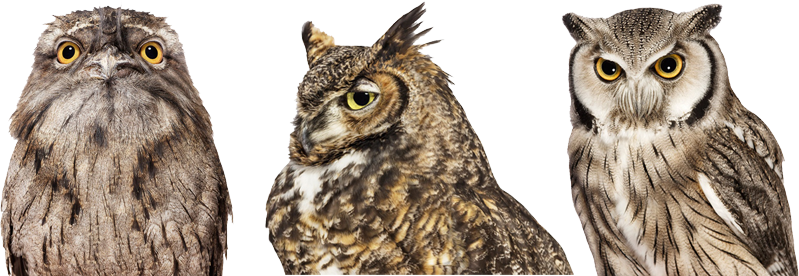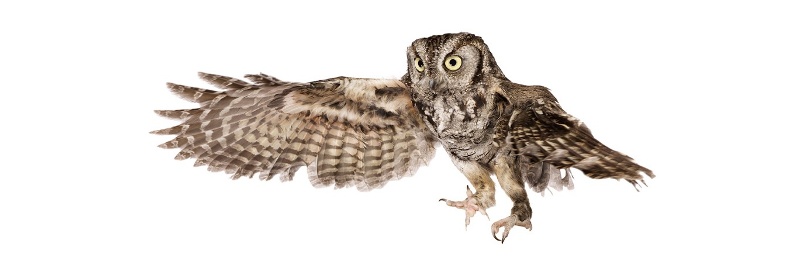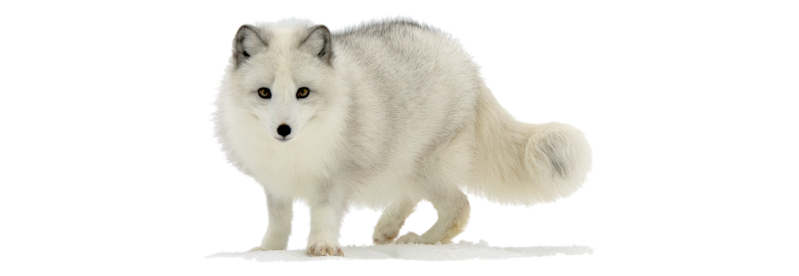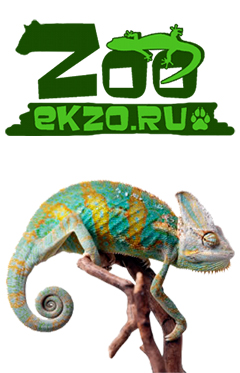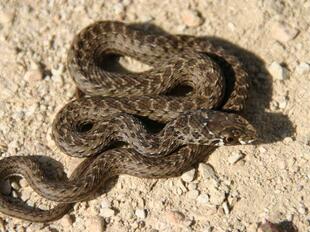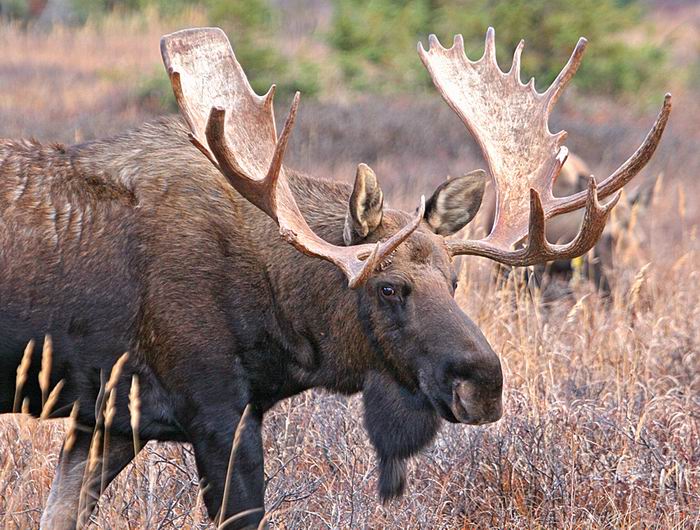
Elk(Alces alces)
Phylum —chordata
Class — mammalia
Order — artiodactyla
Family — сervidae
Genus – alces
Appearance
Moose are the largest members of the deer family. Their height, from hoof to shoulder, ranges from 5 to 6.5 feet (1.5 to 2 meters). Males are heavier than females; males weigh 794 to 1,323 pounds (360 to 600 kilograms), while females weigh 595 to 882 pounds (270 to 400 kg).
Moose have short tails, a hump on their shoulders and large ears that can rotate to give them stereophonic hearing. Their fur is generally brown or black and provides excellent insulation from the cold. Male moose, called bulls, have massive antlers. These can grow 6 feet (1.8 m)wide from tip to tip. Antlers are only used for fighting for a mate, and they are shed each winter after mating season, which runs from September to October.
Habitat
Most moose occur in Canada, Alaska, New England, Fennoscandia, the Baltic states, and Russia
Behavior
Moose are mostly diurnal. They are generally solitary with the strongest bonds between mother and calf. Although moose rarely gather in groups, there may be several in close proximity during the mating season.
Moose are not usually aggressive towards humans, but can be provoked or frightened to behave with aggression. In terms of raw numbers, they attack more people than bears and wolves combined, but usually with only minor consequences.
Diet
The moose is a herbivore and is capable of consuming many types of plant or fruit. The average adult moose needs to consume 9,770 kcal (40.9 MJ) per day to maintain its body weight.
Reproduction
Males, called bulls, bellow loudly to attract mates each September and October. The usually solitary bulls may come together at this time to battle with their antlers for mating supremacy. After mating, the two sexes go their separate ways until the following year. Though they may occasionally feed in the same grounds, they tend to ignore each other.
Females give birth to one or two calves in the spring—each weighing some 30 pounds. These calves grow quickly and can outrun a person by the time they are just five days old. Young moose stay with their mothers until the following mating season.A foal is usually weaned at around 11 months, but may suckle for longer. Females reaches puberty at 2.5 years while males do so at 5–6 years. Young male zebras eventually leave their family groups as the relationships with their mothers has faded after the birth of a sibling. The young stallion then seeks out other young stallions for company. Young females may stay in the harem until they are abducted by another stallion.
In captivity
The life span of an average moose is about 15–25 years.
All year round, moose are kept in open enclosures with shedsin winter, they can easily tolerate any frost. The height of the enclosure fence should be at least 3 meters, the fence grid should be such that the animals do not stick their heads through the holes between the bars, and when breeding, the cubs would not run away from the pen. Houses for moose are made of wood and occupies a small area. The animal there can have a shelter from wind, rain or snow, in the houses it is necessary to arrange a manger for hay or grass of the appropriate height, set up water tanks and a feeder for juicy and concentrated feeds.
From their birth up to 40 days of age, moose calves are kept in pavilions (small pens). During the summer, one year old moose calves and milking moose use the free pasture regime. Young animals older than a year, as well as breeding bulls and moose in the calving season are in the pen.
The diet of a moose in captivity differs from the natural consumption of feed of wild animals. First of all, domestic moose have less choice of food. In addition, the diet includes feed that the moose does not have in its natural habitat. The set of feeds, their ratio (the structure of the diet), the content of the most important elements of nutrition influence the health, reproductive ability and the life span of moose. The task is to ensure the normal functioning of the digestive system of a ruminant animal, which in its natural environment has a large amount of wood feed.
The base of the summer diet consists of green herbaceous forage and woody greens. In addition, oatmeal porridgeis given to animals, it is also necessary to add some table salt. In the summer, food is delivered by a tractor: branches of aspen, birch, willow and other trees are put in compact piles in the usual feeding places, and grass (clover, Timothy, meadowsweet, cypress) is laid out in special feeders. Feed is brought in the evening, so that it dries less.
Moose are given daily table salt, chalk and bones. The average daily amount of minerals for moose should be as follows: 50 g. salt and 50 g. chalk (or bones). In addition, you need to make sure that the moose get the necessary amount of vitamins. The most important are three types of vitamins: A, D3, E. Vegetables, grain feed are the sources of vitamins, as well as special vitamin complexes.
 Russian
Russian
 English
English








